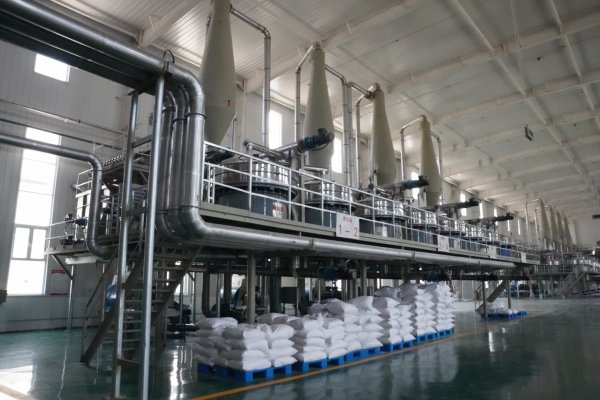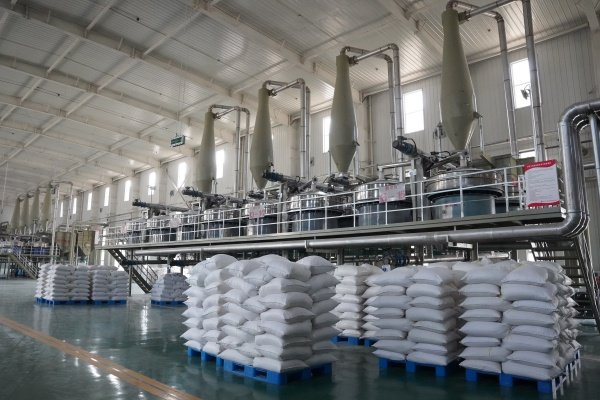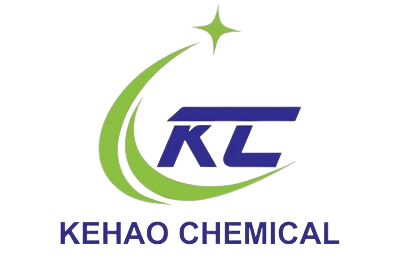You want consistent HPMC quality and smooth deliveries, but relying on third-party suppliers can feel like a gamble.
Buying Hydroxypropyl Methylcellulose (HPMC) directly from the factory gives you full control over product quality, delivery timelines, technical support, and cost transparency. It eliminates the uncertainty that comes with middlemen.

hydroxypropyl methylcellulose factory
If you’ve ever experienced mismatched batches or late shipments, you’re not alone. In the B2B chemical industry, these issues are common when dealing with traders who have limited oversight of production. That’s why more businesses are shifting toward factory-direct sourcing for HPMC. Here’s what I’ve learned from my years of experience in this field.
What Are the Key Advantages of Buying Directly from a Hydroxypropyl Methylcellulose Factory?
Are you tired of inconsistent quality and unclear batch data?
Buying directly from an HPMC factory means every batch comes with verified technical specifications, full traceability, and stable quality. You also get immediate access to support from the production team.

hpmc direct supply advantages
When you buy from a certified HPMC factory like ours at KEHAO, you know what you’re getting. We produce each batch with strict internal standards. Every production run is logged, tested, and matched to detailed data sheets. That means you can receive 20 tons of material in three batches, and they will perform the same on your production line.
Many traders collect stock from different manufacturers, sometimes mixing grades or viscosity ranges without clear documentation. That’s a serious risk if you’re using HPMC in sensitive applications like tile adhesive, wall putty, or gypsum. Poor water retention or uneven setting time can lead to massive jobsite losses.
Also, factories like KEHAO offer technical support. If your end formula isn’t performing well, our technicians can help you tweak dosage, viscosity, or particle size. That’s something a middleman cannot do. They usually just forward your question to someone else—if they even understand what you’re asking.
Here’s a quick breakdown of direct factory vs third-party supplier:
| Feature | Factory-Sourced HPMC | Third-Party Supplier |
|---|---|---|
| Batch Consistency | ✅ High | ❌ Often Mixed |
| Full Documentation | ✅ Always Provided | ❌ Incomplete or Missing |
| Technical Support | ✅ In-House Experts | ❌ Limited or None |
| Production Transparency | ✅ Full Process Control | ❌ No Factory Oversight |
| Customization Available | ✅ Yes, by application | ❌ Rare |
In our experience, B2B customers in Africa and Southeast Asia are particularly concerned with delivery reliability and product consistency. That’s where factory sourcing creates real long-term value.
How Do Hydroxypropyl Methylcellulose Factories Ensure Consistent Quality and Compliance?
Do you wonder if your supplier really follows international standards?
Certified HPMC factories follow ISO, REACH, and other global standards, with internal QA labs and automated testing. This ensures every batch is compliant and ready for export.
At KEHAO, we built our lab to match international standards. Each production shift sends samples for real-time testing. We measure viscosity (typically 2% solution at 20°C), pH, loss on drying, particle size, and substitution level. If one parameter is off, the entire batch is held and corrected.
This kind of strict internal control is backed by our ISO9001 and REACH compliance systems. Every certificate we issue is traceable. That gives you legal and practical assurance in markets where compliance matters, such as the EU or the Middle East.
Traders might claim a product is "REACH registered"—but many don’t own the registration. It’s borrowed from another manufacturer. If customs checks your COA or SDS and finds mismatches, your cargo could be held or rejected.
Compliance also covers logistics and labeling. Our team prepares export documents like Certificate of Origin, MSDS, and test reports with precision. Your purchasing team can clear customs faster, and your local customers receive HPMC they can trust.
This is a must for companies supplying government projects, public infrastructure, or ISO-certified builders. Only a factory can deliver at that level—middlemen cannot.
Why Choosing a Factory Source Reduces B2B Procurement Risks and Costs?
Still relying on a middleman to manage your HPMC supply?
Working directly with an HPMC factory cuts out hidden fees, improves lead time flexibility, and lowers the risk of shipment errors or raw material mismatches.

hpmc b2b procurement factory advantages
Let’s talk about money and logistics. Middlemen add 10–30% markup depending on the market. And they don’t always hold stock. When you order, they go shopping—sometimes with multiple sources—then resell to you. That means you pay more but have less visibility and slower reaction time.
We’ve seen cases where the client receives HPMC with inconsistent moisture content or incorrect viscosity because the trader didn’t test the cargo properly. The result? The adhesive or plaster didn’t set as expected. Contractors complained. In the worst cases, the client lost their project.
With direct factory cooperation, you get:
- Fixed-price contracts for 3–6 months
- Flexible lead times with priority production
- Direct response from the logistics and QC team
- End-to-end control over labeling, packaging, and shipment routing
Factories also allow for bulk planning. We work with buyers to forecast monthly volumes. This helps us plan raw material procurement, so we can lock costs and avoid seasonal price spikes. Traders don’t offer that—they’re reactive.
And finally, there’s the trust factor. When you deal with a factory like KEHAO, you’re speaking with the people who actually make the product. That builds a partnership. You’re not just a buyer—you’re part of a supply chain.
Conclusion
Choosing a factory-sourced HPMC is not just about price—it’s about quality, trust, and long-term value for your B2B business.



